Wildfires in Argentina have burned approximately 2.47 million acres (1 million hectares) over the last several weeks. On December 22 NASA satellites started detecting heat from fires that grew to become some of the larger blazes on the east side of the country 90 miles (145 kilometers) west of the coastal city of Bahia Blanca.
Below is an excerpt from an article by NASA, and following that is a series of five more satellite photos showing the progression of the fires up through January 6:
Severe drought during the winter and spring of 2016 in northeastern Patagonia played a large role in the current fires, said Guillermo Defossé, a professor of ecology at the National University of Patagonia San Juan Bosco and researcher for the Centro de Investigación y Extensión Forestal Andino Patagónico (CIEFAP), an organization that monitors Patagonian forests.
"While historically these ecosystems were fire prone, during the last century the number of wildfires severely declined as a consequence of a great grazing pressure—grazers consumed all fine fuels that otherwise will carry the fires—and a successful policy of fire exclusion," Defossé wrote in an email.
"This masked, in part, the fact that these ecosystems are naturally highly flammable, with a fire recurrence time of about 20 - 25 years. During the last 10 years, however, a very sharp decline in wool prices and continuous drought—probably due to climate change—made several ranchers to reduce the number of sheep or directly abandon the ranching activity. This abandonment increased the availability and amount of fine fuels."
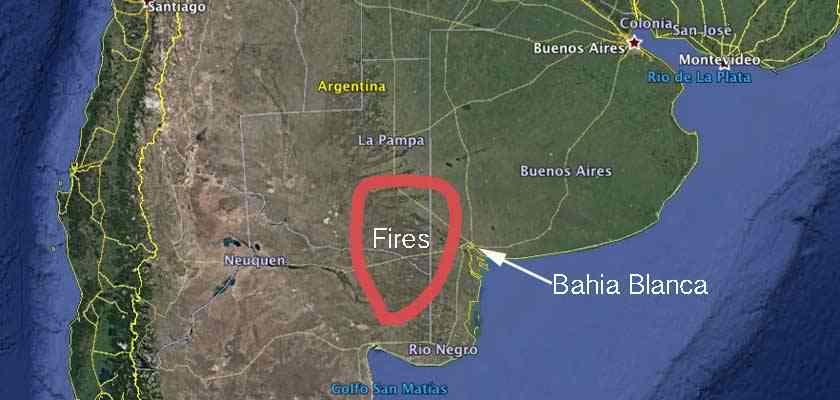
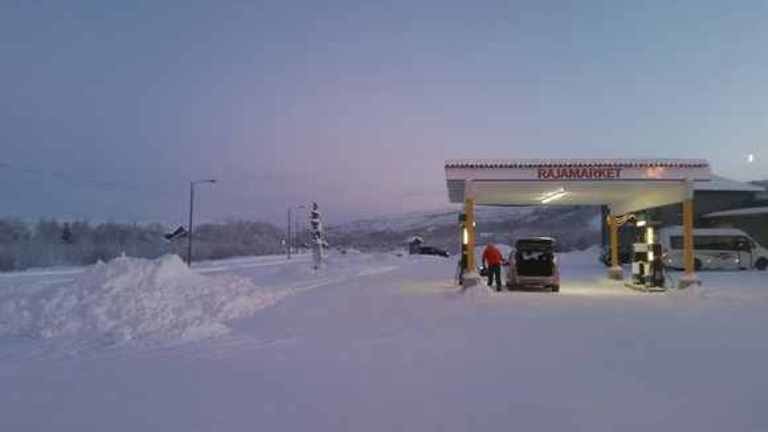
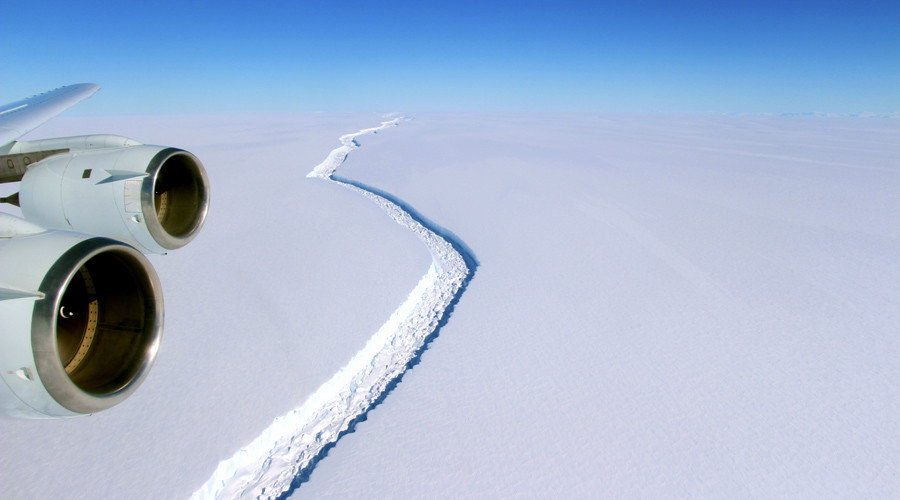
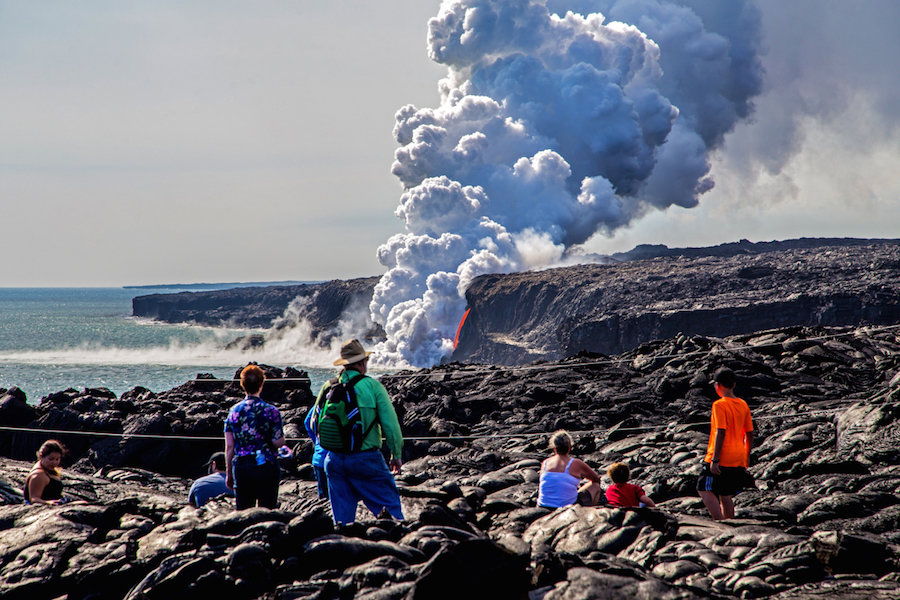
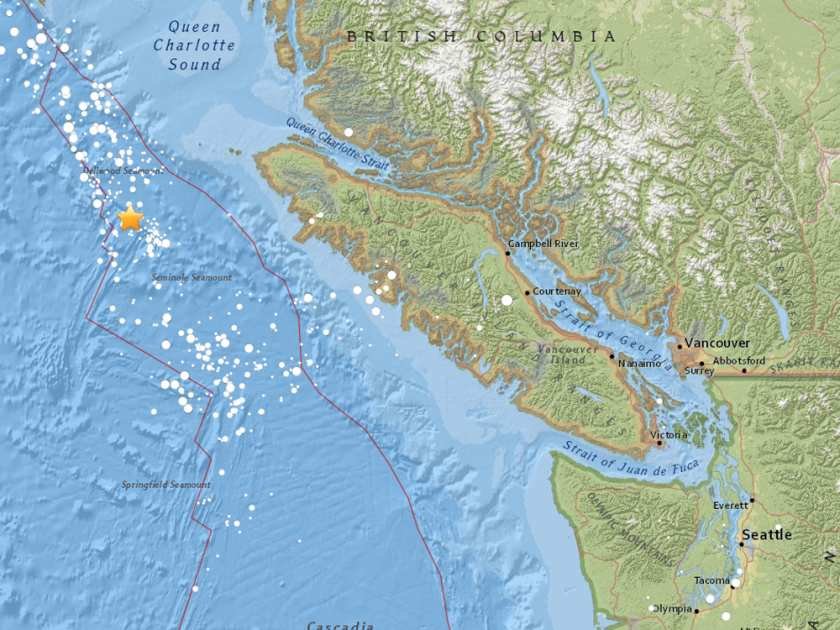
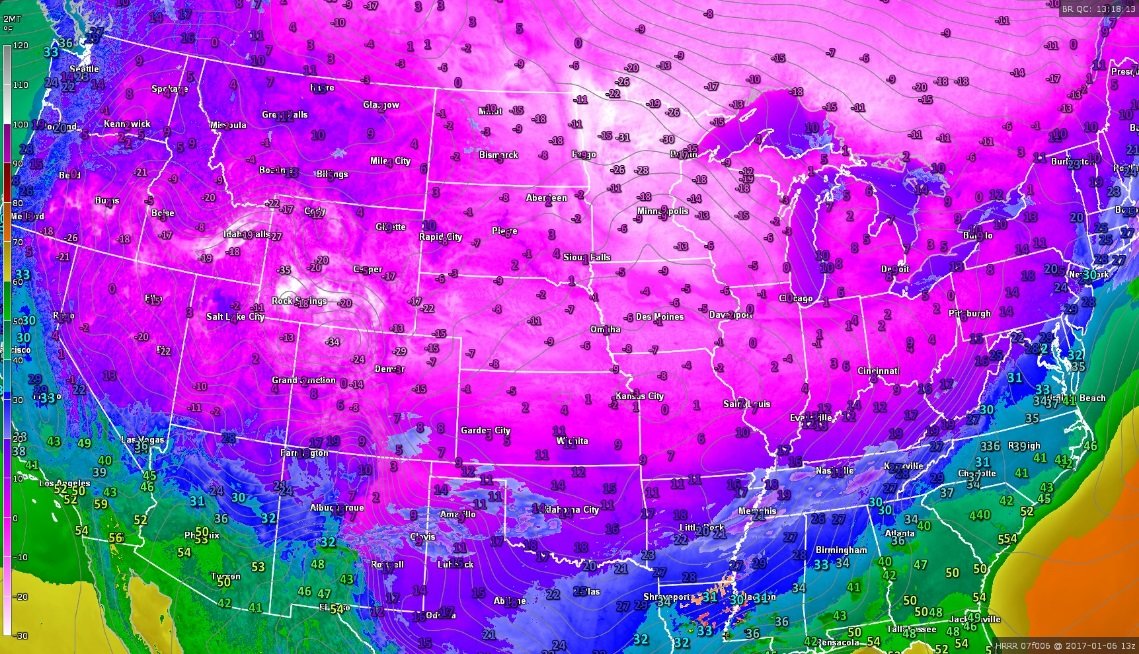
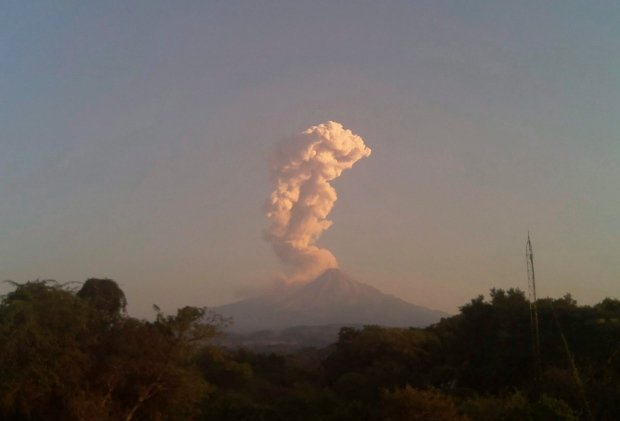
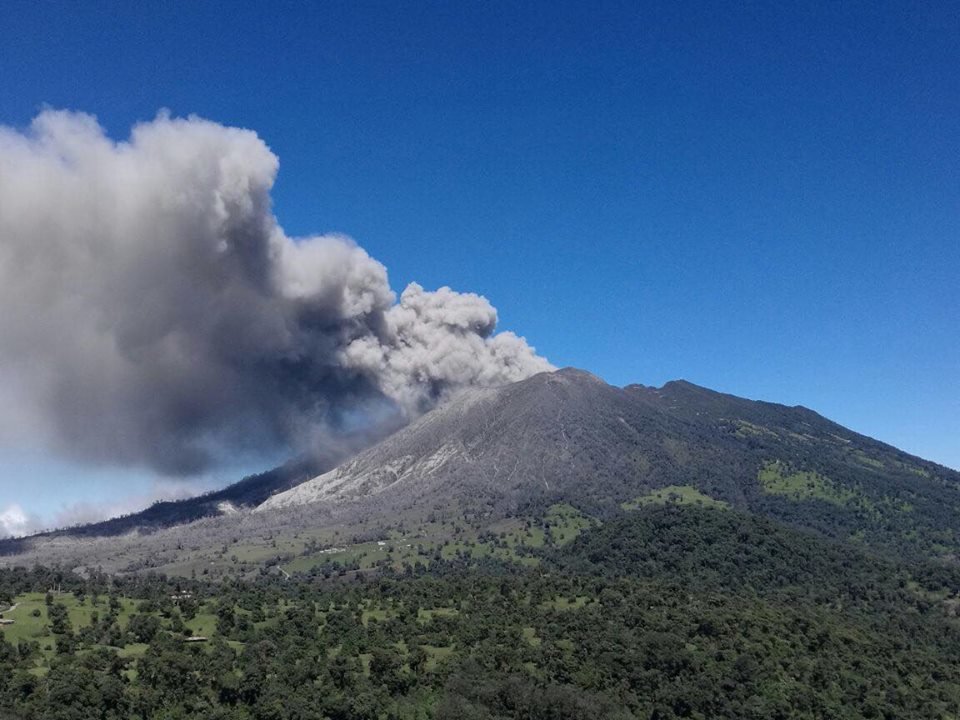
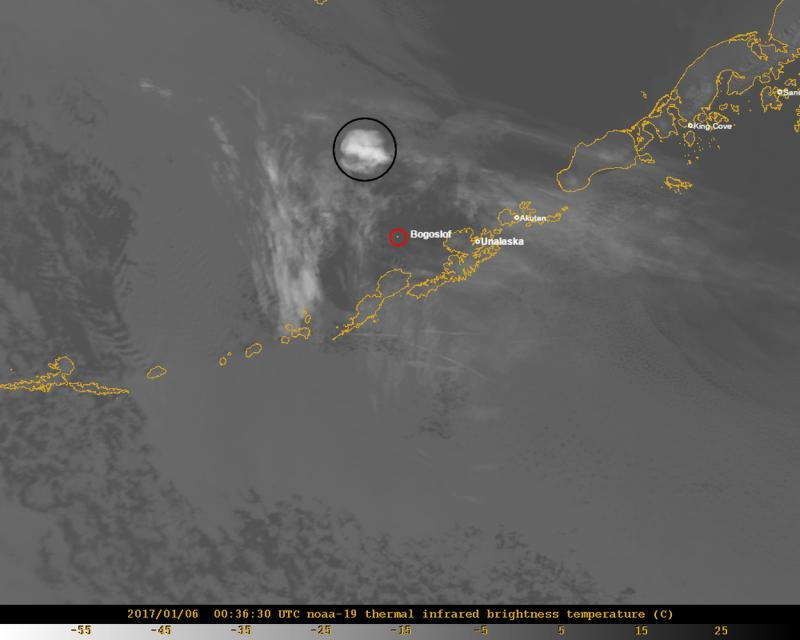
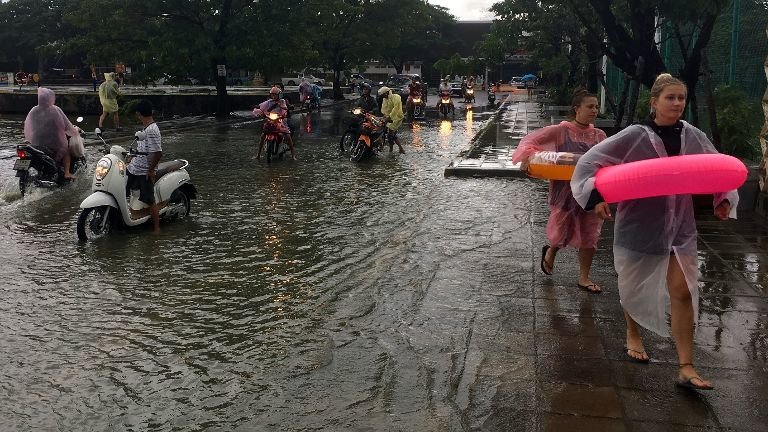



Comment: The missing factor may be the reawakening of dormant undersea volcanoes in the area.